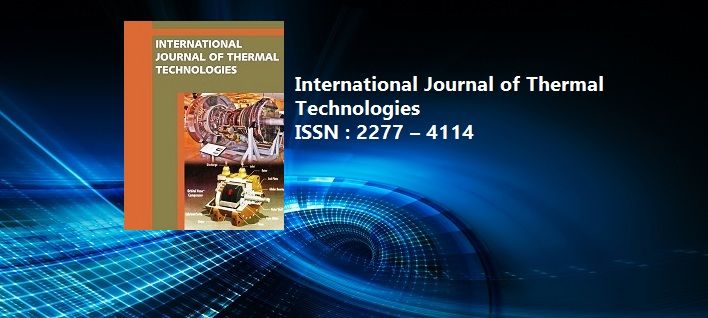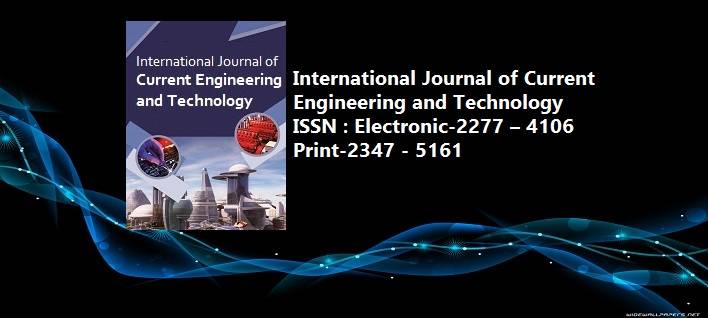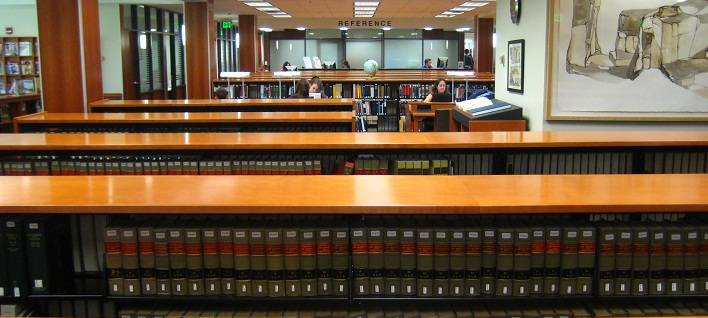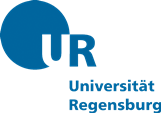Mathematical Modelling of Thin Layer Mangoes (Mangifera indica L.) Drying Process
Pages : 3672-3676
Download PDF
Abstract
This study was conducted to investigate the effect drying process on hot-air drying kinetics of mangoes (Mangifera indica L.) slices and to evaluate the best model predicting the drying kinetics. The experimental study was carried out in an electric dryer at 40 °C, 50 °C and 60 °C, 0.6 m/s with two configurations (vertical airflow batch drying and vertical countercurrent airflow drying). To estimate and select the appropriate drying model, seven different models were applied to the experimental data and compared. The performances of these models were compared using the coefficient (R²), reduced chi square (χ²) and root mean square error (RMSE) between the observed and predicted moisture ratios. The analysis of results showed that the vertical countercurrent airflow drying permits us to obtain best quality of products in terms of moisture ration. Among the models used, the Midilli et al., model was found to best explain thin layer drying of mangoes slices as compared to the other models over the experimental temperature range. By increasing the drying air temperature, the effective moisture diffusivity values increased from 5.018 x 10-10 to 7.395 x 10-10 m2/s for vertical airflow batch drying and from 3.698 x 10-10 to 7.660 x 10-10 m2/s for vertical countercurrent airflow drying. The activation energy was calculated using an exponential expression based on Arrhenius equation and a E = 16.86 kJ/mol and Do= 3.28 x 10-7 m2/s for vertical airflow batch drying and a E = 31.51 kJ/mo and Do= 6.55 x 10-5 m2/s for vertical countercurrent airflow drying.
Keywords: activation energy, effective diffusivity, drying process, models.
Article published in International Journal of Current Engineering and Technology, Vol.4, No.5 (Oct-2014)



















 MECHPGCON, MIT College of Engineering, Pune, India
MECHPGCON, MIT College of Engineering, Pune, India AMET, MIT College of Engineering, Pune, India
AMET, MIT College of Engineering, Pune, India International Conference on Advances in Mechanical Sciences
International Conference on Advances in Mechanical Sciences  International Symposium on Engineering and Technology
International Symposium on Engineering and Technology International Conference on Women in Science and Engineering
International Conference on Women in Science and Engineering




